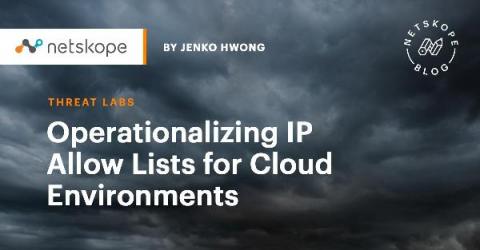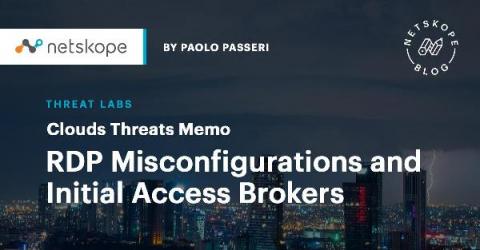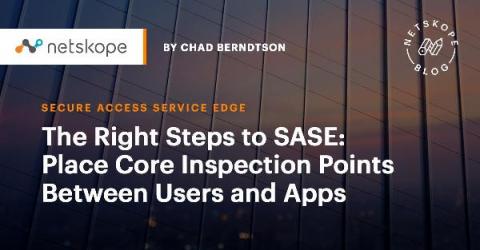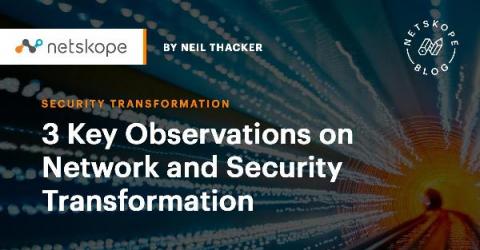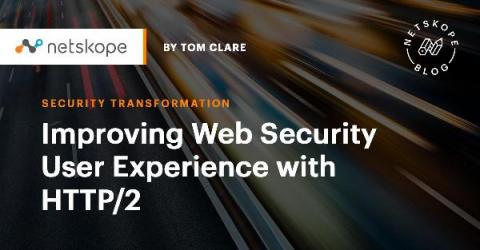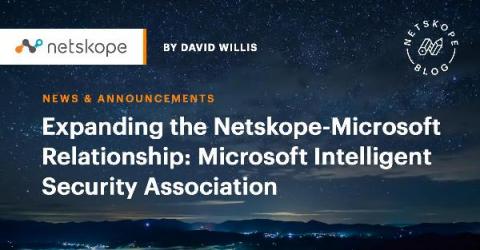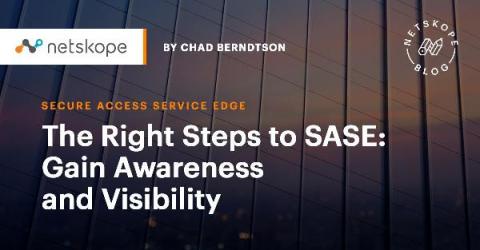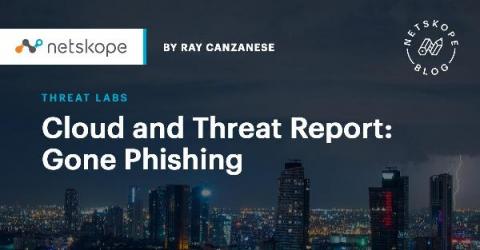Operationalizing IP Allow Lists for Cloud Environments
If applying IP allow lists to the cloud excites you as much Another One Bites the Dust on volume 11, read on. In this blog, I’ll discuss some considerations regarding operationalizing, automating, and increasing the efficacy of IP allow lists in your cloud infrastructure. Although this discussion will be in the context of cloud infrastructure providers such as AWS, GCP, and Azure, it should also be applicable to other cloud infrastructure and application environments.


